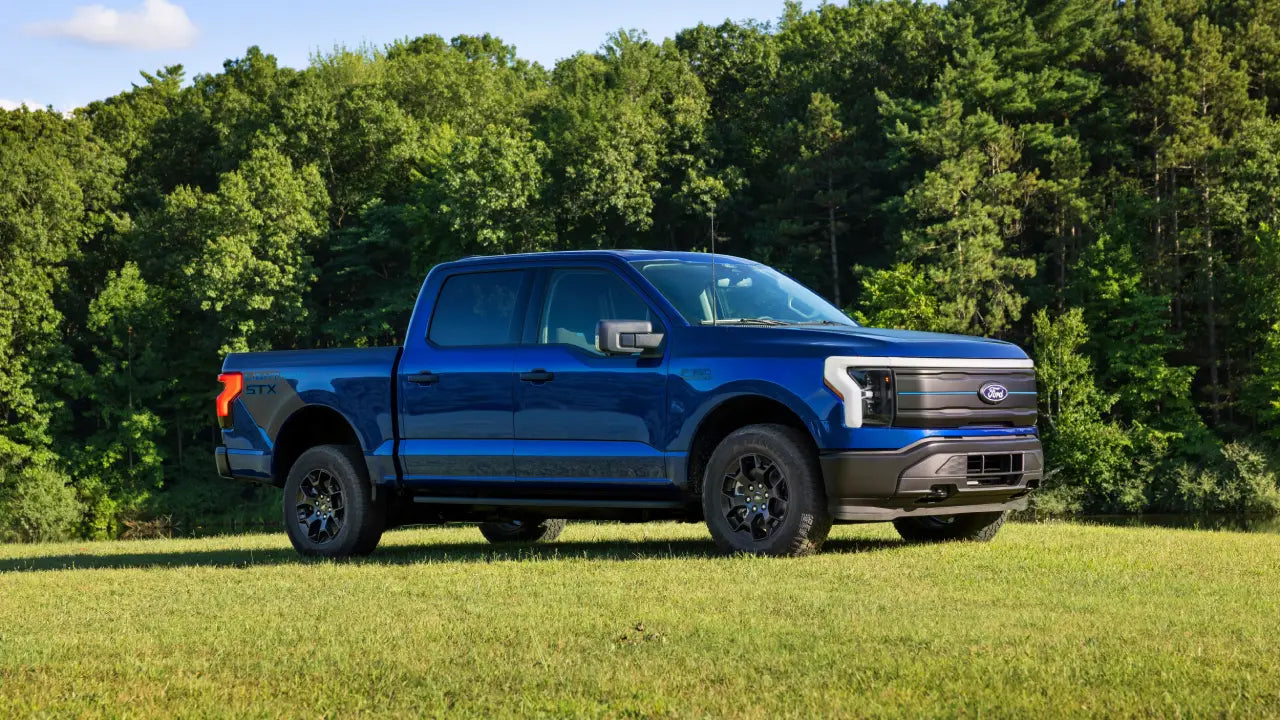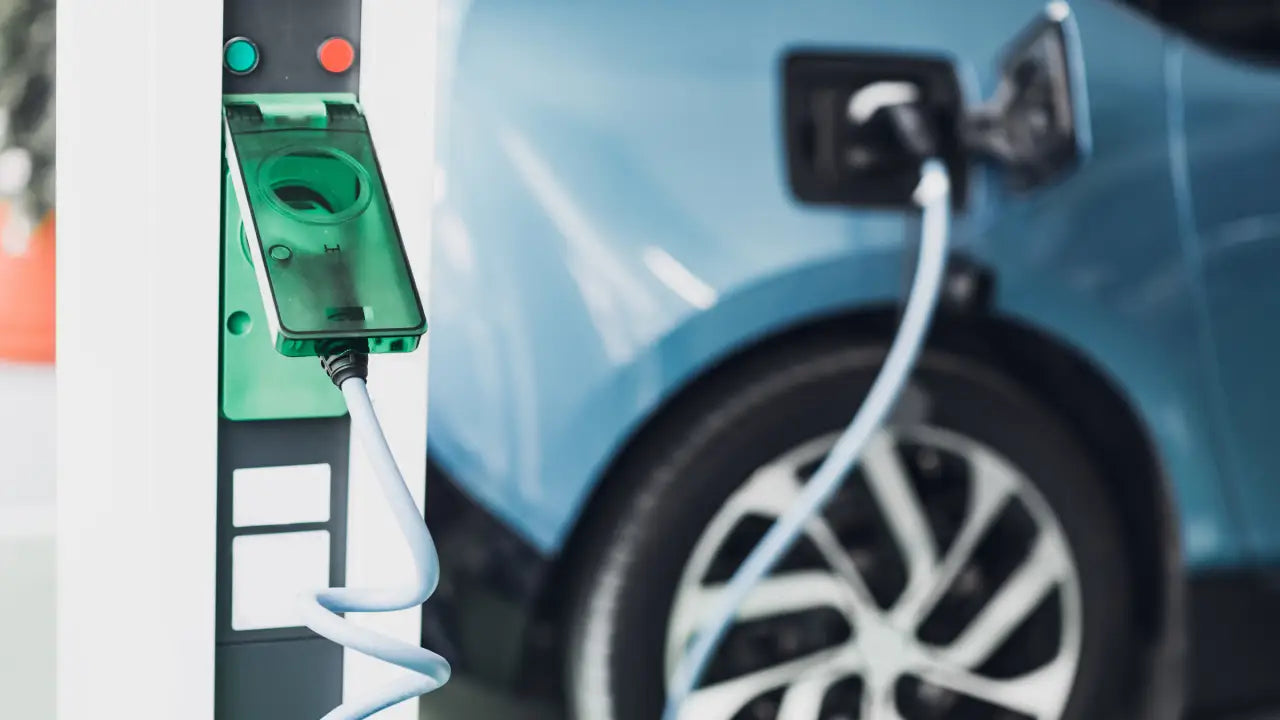Throttle response, the speed and precision with which a vehicle’s engine reacts to pedal input, defines how “alive” a car feels. It’s a blend of mechanical efficiency, drivetrain design, and electronic calibration.
While throttle response is often discussed in terms of engine tuning, the drivetrain layout, front-wheel drive (FWD), rear-wheel drive (RWD), or all-wheel drive (AWD), plays a crucial but often overlooked role. This article explores how different drivetrains impact throttle response, helping drivers understand why their car feels the way it does and how to get the most engaging drive possible.
Understanding Throttle Response in Context
The throttle response encompasses more than merely the speed at which the throttle plate opens. The focus is on the speed at which engine torque is converted into wheel acceleration. The connection between the engine and the tires, including shafts, gears, differentials, and driveshafts, plays a crucial role in the efficiency of torque transmission and the amount of rotational inertia the system must address. This explains why two vehicles equipped with the same engine can exhibit entirely different driving experiences, one being front-wheel drive and the other rear-wheel drive.

FWD: Quick Initial Response, Limited by Traction
Front-wheel drive cars have a single axle that handles both power and steering. Mechanically, this makes them feel fast at low speeds because the driveline is small and efficient: torque travels straight through a transaxle to the front wheels with minimum rotational loss.
Advantages of FWD
-
Low Rotational Inertia: Shorter drivetrain means less mass to spin up.
-
Predictable Throttle Behavior: Immediate torque transfer suits daily driving and economy tuning.
Limitations of FWD
-
Torque Steer: Uneven driveshaft lengths can pull the car under heavy throttle.
-
Traction Loss: Power delivery through the steering wheels limits throttle modulation during cornering.
-
Understeer: When accelerating out of a turn, the front tires must divide grip between turning and propulsion.
As a result, cars with front-wheel drive (FWD) offer sharp throttle but limited traction fidelity. The car reacts fast, but can’t always translate that energy efficiently.

RWD: Balanced Throttle Modulation and Dynamic Feedback
Rear-wheel drive separates steering and propulsion duties, giving engineers more freedom to tune linear and progressive throttle response.
Advantages of RWD
-
Superior weight transfer: During acceleration, weight shifts rearward, increasing traction where it’s needed.
-
Better modulation: Drivers can fine-tune throttle input mid-corner to adjust balance, a crucial aspect in performance driving.
-
Minimal torque steer: Independent power delivery ensures consistent steering feedback.
Limitations of RWD
-
Less initial grip in low-traction conditions: On wet or icy surfaces, rear tires can break loose under sudden throttle.
-
Longer driveline: The driveshaft and differential add rotational mass, slightly softening the low-speed response.
RWD cars provide the most authentic throttle response, sharp yet controllable, which makes them a preferred choice in sports and performance categories.

AWD: Controlled Power, Filtered Feel
All-wheel drive systems distribute power to both axles, often dynamically through center differentials, clutches, or electronic couplers. This architecture transforms throttle response from a purely mechanical sensation into a software-governed event.
Advantages of AWD
-
Exceptional traction: Instant torque distribution minimizes wheelspin.
-
Optimized launches: Ideal for high-power engines where grip is paramount.
-
Stability under throttle: Predictable power delivery in varying conditions.
Limitations of AWD
-
Rotational losses: The presence of more moving parts (driveshafts, differentials) increases inertia, thereby dulling the perceived response.
-
Filtered feedback: Electronic torque vectoring can delay or smooth throttle reactions to maintain stability.
-
Heavier system mass: Adds weight, making revs feel slightly slower and less immediate.
In practice, all-wheel-drive vehicles provide swift and reliable acceleration but frequently exhibit a more 'controlled' rather than 'rough' driving experience. The throttle input may be applied instantaneously via electronic control, but torque modulation within the powertrain mitigates the driver's sensory perception of the change.

The Engineering Behind the Differences
-
Rotational Inertia: RWD and AWD systems have more rotating components, increasing inertia and delaying the rise in wheel speed
-
Traction Utilization: FWD layouts lose response at traction limits; RWD and AWD distribute torque more effectively.
-
Torque Path Length: A longer path (as in AWD) slightly delays energy transmission, even if imperceptibly.
-
Electronic Mediation: Modern throttle-by-wire systems adjust response curves depending on drive mode and traction sensors, making AWD vehicles more software-dependent.
Real-World Driving Impressions
-
FWD: Immediate throttle response but traction-limited, quick in light acceleration, less refined at the limit.
-
RWD: Linear, balanced, and adjustable, ideal for performance driving and smooth power control.
-
AWD: Effortless grip and stability, excellent for launches and bad weather, but more insulated from engine feedback.
These differences explain why enthusiasts describe RWD cars as “responsive,” AWD as “planted,” and FWD as “eager but edgy.”
How to Improve Throttle Response with Pedal Commander®?
No matter what drivetrain your car uses, FWD, RWD, or AWD, Pedal Commander® can dramatically sharpen throttle response by modifying the signal between the accelerator pedal and the ECU. It intercepts the electronic input from your foot and adjusts how aggressively the throttle opens, reducing built-in lag common in modern drive-by-wire systems. The result is a quicker throttle response and a more connected driving feel, without altering your car’s factory settings.
When you use Pedal Commander® in a front-wheel drive car, it removes the factory throttle softness for faster off-the-line response. In rear-wheel drive cars, Pedal Commander® improves pedal precision during corner exits and gear changes. And in all-wheel drive vehicles, it enhances torque delivery for smoother, more immediate traction.

Furthermore, Pedal Commander® includes four preset modes, Eco, City, Sport, and Sport+, each with nine adjustable sensitivity levels, for a total of 36 fine-tuning options. Whether you want better fuel economy (Eco mode can increase efficiency by up to 20%) or a racecar-like punch off the line (Sport+ unleashes maximal throttle reaction), Pedal Commander® allows you to dial in the ideal gas pedal response.
What’s more, Pedal Commander®’s Anti-Theft feature adds extra security to your car. When activated, this feature locks out the gas pedal, so even if someone can break into your car, they can’t drive off. Enjoy this feature for the first 14 days FOR FREE, then easily subscribe through the Pedal Commander® mobile app and choose from two subscription plans: $0.99 per month or $9.99 per year, cheaper than a gas station snack!











